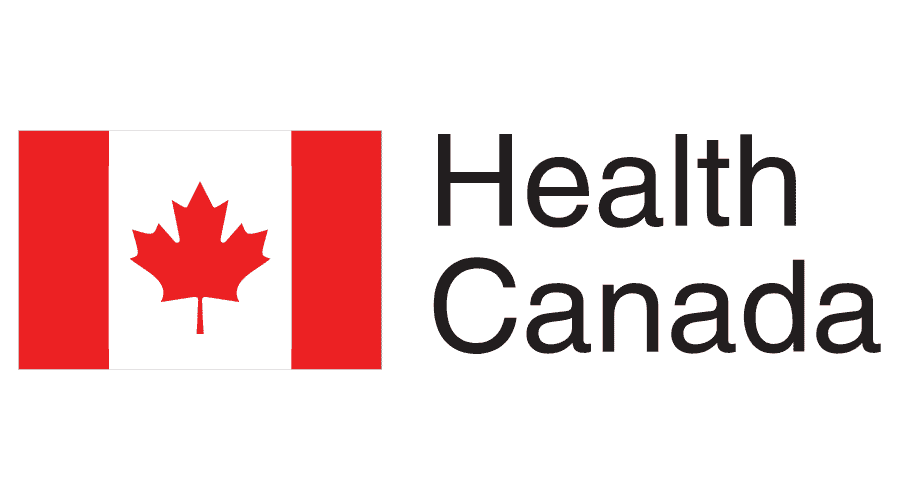EMA: Introduction
The European Medicines Agency (EMA) stands as a cornerstone institution in ensuring the safety, efficacy, and quality of medicines across the European Union (EU) and beyond. This agency, headquartered in Amsterdam, plays a pivotal role in the regulation of pharmaceuticals, contributing to public health protection. In this article, we will delve into the multifaceted operations of the EMA, its significance in the medical landscape, and its impact on the lives of millions.
A Brief History of EMA
Established in 1995, the EMA emerged as a response to the need for a unified regulatory body that could evaluate and monitor medicinal products throughout the EU. The agency’s formation aimed to harmonize regulations and streamline the approval process for pharmaceuticals, ultimately enhancing patient access to safe and effective treatments.
The Role of EMA
Evaluation of Medicinal Products
At the core of EMA’s function lies the evaluation of medicinal products. Before a new drug can be introduced to the market, it undergoes rigorous scrutiny by EMA’s scientific committees. This evaluation assesses the product’s quality, safety, and efficacy, ensuring that only those medicines that meet stringent standards are approved for public use.
Clinical Trials Oversight
EMA plays a pivotal role in overseeing clinical trials conducted within the EU. By setting guidelines for trial design and monitoring, the agency ensures the ethical treatment of participants and the reliability of trial results. This oversight bolsters confidence in the research behind new medications.
Collaborative Network
EMA operates in collaboration with national regulatory authorities from EU member states. This network allows for the exchange of expertise, data, and insights, creating a comprehensive and informed approach to pharmaceutical regulation.
Transparency and Accessibility
Open Access to Information
EMA is committed to transparency. It provides access to a wealth of information, including assessments of medicines, clinical trial data, and safety reports. This openness fosters trust among healthcare professionals, researchers, and the public.
Pharmacovigilance
EMA continually monitors the safety of authorized medicines through pharmacovigilance. By identifying and assessing adverse effects, the agency ensures rapid action to protect public health. This real-time vigilance contributes to maintaining the highest standards of safety.
Challenges and Future Directions
While EMA has made significant strides, challenges remain. Rapid advancements in medical technologies and treatments necessitate continuous adaptation of regulatory processes. The agency must strike a delicate balance between innovation and safety, ensuring that patients can benefit from cutting-edge therapies without compromising their well-being.
Addressing Emerging Health Challenges
As the medical landscape evolves, EMA remains vigilant in addressing emerging health challenges. The agency is equipped to evaluate innovative therapies, including gene and cell-based treatments, which hold the potential to revolutionize medical care. By adapting its regulatory framework to accommodate these advancements, EMA ensures that groundbreaking treatments can be brought to patients while upholding safety standards.
International Collaboration
EMA’s influence extends beyond the borders of the EU. The agency collaborates with regulatory bodies worldwide to promote global harmonization of drug regulations. This collaboration facilitates the timely exchange of information, expertise, and best practices, contributing to a safer and more efficient global pharmaceutical ecosystem.
Navigating Brexit’s Impact
The United Kingdom’s departure from the EU brought about changes in EMA’s operations. The agency relocated from London to Amsterdam, and its relationship with the UK’s Medicines and Healthcare products Regulatory Agency (MHRA) underwent adjustments. Despite these changes, both agencies continue to work closely to ensure consistent and effective regulatory oversight.
Promoting Innovation
EMA understands the importance of fostering innovation to address unmet medical needs. Through initiatives like the Priority Medicines (PRIME) scheme, the agency accelerates the development and approval of promising treatments for conditions with limited treatment options. This approach expedites patient access to life-changing therapies.
EMA in Public Health Crises
EMA’s role shines particularly bright during public health crises. The agency played a pivotal role in the evaluation and approval of COVID-19 vaccines, ensuring their safety and efficacy before deployment. This real-time response to a global crisis underscores EMA’s dedication to safeguarding public health.
The Future of EMA
Looking ahead, EMA faces the challenge of harnessing technological advancements, such as artificial intelligence and big data, to enhance its regulatory processes. These tools hold the potential to streamline evaluations, identify safety concerns earlier, and improve overall drug development efficiency.
FAQs
1. How does EMA contribute to patient safety?
EMA contributes to patient safety by thoroughly evaluating medicinal products for their quality, safety, and efficacy before they are approved for use. This rigorous process helps ensure that only safe and effective treatments reach the market.
2. Can I access EMA’s assessment reports for specific medicines?
Yes, EMA provides open access to assessment reports for authorized medicines. These reports include comprehensive information about the medicine’s evaluation and scientific findings.
3. How does EMA stay updated with the latest medical advancements?
EMA collaborates with national regulatory authorities and engages in scientific dialogue with experts to stay informed about the latest medical advancements and technologies.
4. What is pharmacovigilance, and why is it important?
Pharmacovigilance involves monitoring the safety of medicines after they are authorized for use. It’s important to detect and address any adverse effects or safety concerns promptly to protect public health.
5. How does EMA ensure the reliability of clinical trial results?
EMA oversees clinical trials by setting guidelines and standards for trial design, conduct, and monitoring. This ensures that trial results are credible and can be used to make informed decisions about new medicines.
Official Website:https://www.ema.europa.eu/en
For more articles, Kindly Click here.
For pharmaceutical jobs, follow us on LinkedIn, Jobs in the United Kingdom
For Editable SOPs in Word format, contact us on info@pharmaguidelines.co.uk




Pingback: Pharmaceutical Guidelines: Ensuring Safety and Quality in the Drug Industry - Pharmaguidelines